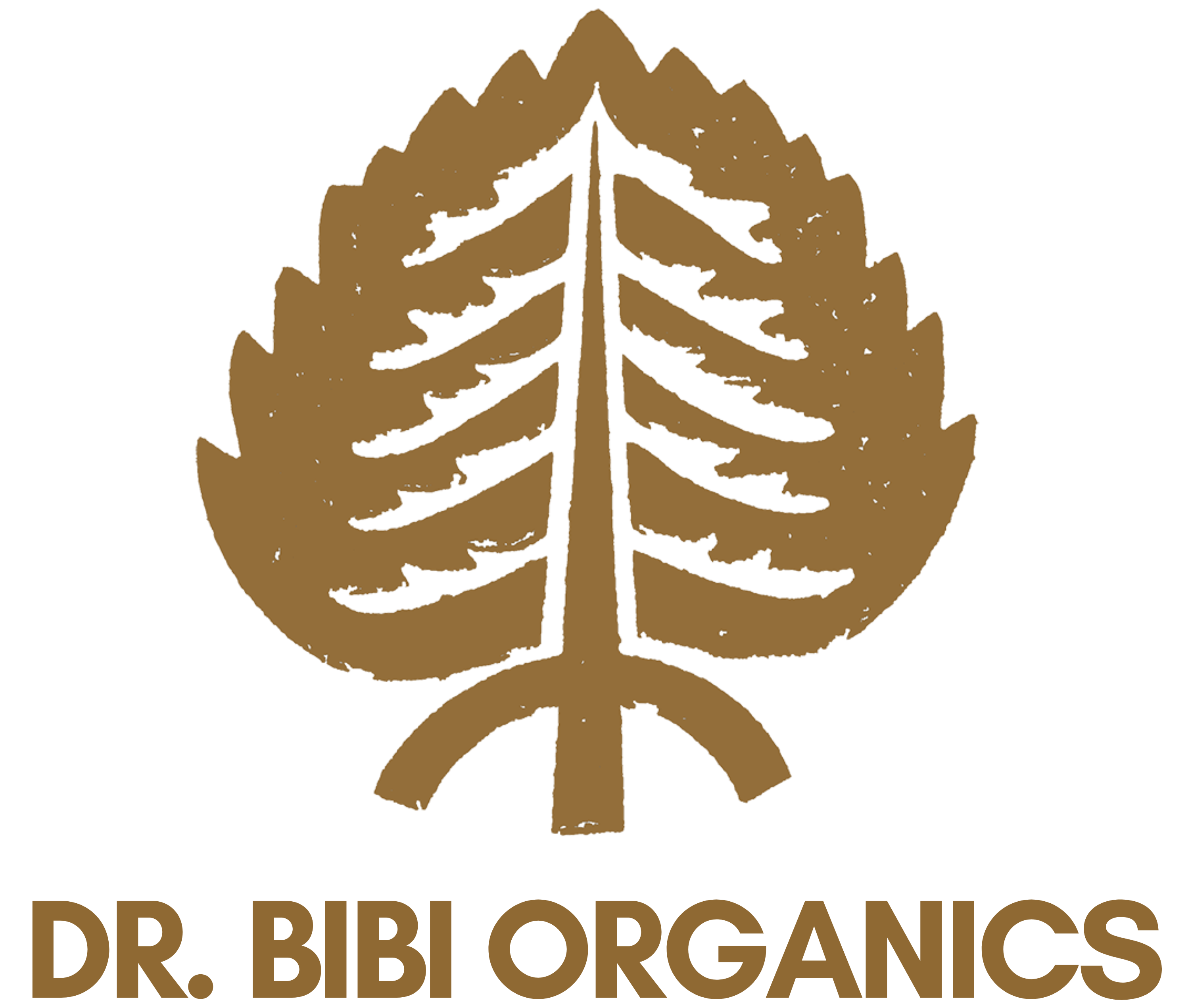Petroleum Jelly, Aquaphor Healing Ointment, and CeraVe Healing Ointment are some of the most popular skincare products. Let's take a deep dive and discuss their similarities, their differences and what to do about it. We’ll evaluate their effectiveness and cost to help you decide which is the best option for your needs.
Petroleum Jelly is one of the most effective occlusive moisturizers available. It’s excellent at sealing in moisture but can be greasy and stain fabrics. The key to using it effectively is to apply a very thin layer over the treatment area. Despite its low cost—about 45-46 cents per ounce—its performance is hard to beat.
Aquaphor Healing Ointment has been around for nearly 100 years. It’s popular for its smooth texture and clinical scent. Priced around $1.14 per ounce for the 14-ounce tub, it’s a more expensive option. Its main ingredient is Petrolatum (41%), which provides occlusive benefits, similar to Petroleum Jelly. However, Aquaphor also includes several inactive ingredients like mineral oil, ceresin, lanolin alcohol, panthenol, glycerin, and bisabolol.
- Mineral Oil, Ceresin, Lanolin Alcohol: These are emollients that enhance texture and skin feel but don’t add significant therapeutic value.
- Bisabolol: Derived from chamomile, it’s used for its fragrance and soothing properties. However, it can be misleading to label the product as “fragrance-free” when it contains this ingredient. Lanolin alcohol can potentially cause allergic reactions in some individuals.
CeraVe Healing Ointment, introduced in the mid-2000s, is another popular choice. It costs about $1.46 per ounce for the 12-ounce jar. CeraVe boasts that their ointment is formulated with Petrolatum, Hyaluronic Acid, and Ceramides.
- Petrolatum (46.5%): The main occlusive agent.
- Hyaluronic Acid and Ceramides: Marketed as hydrating and barrier-restoring agents. While being a major selling point for CeraVe products, ceramides in skincare products do not contribute much to skin hydration due to their lack of permeability.
- Preservatives: Phenoxyethanol and Vitamin E derivatives (tocopherol acetate and tocopherol) help preserve the product but may cause irritation in some cases.
Bottom Line
- Petroleum Jelly remains the most cost-effective and potent occlusive moisturizer. It’s simple and highly effective, though it can be greasy.
- Aquaphor Healing Ointment is more expensive, contains several additional ingredients that don’t significantly enhance its efficacy, and may include potential allergens.
- CeraVe Healing Ointment is also pricier and includes ingredients that don’t add much benefit compared to its cost, with some elements potentially causing irritation.
In conclusion, Petroleum Jelly offers the best value for your money. The other products, while providing a more pleasant application experience, do not offer significant improvements in effectiveness over Petroleum Jelly.
Thanks for reading and God bless.
Yuval Bibi, MD/PhD - Board Certified Dermatologist


Share and get 15% off!
Simply share this product on one of the following social networks and you will unlock 15% off!